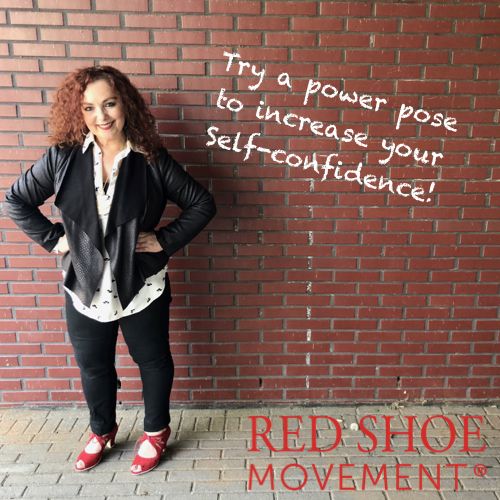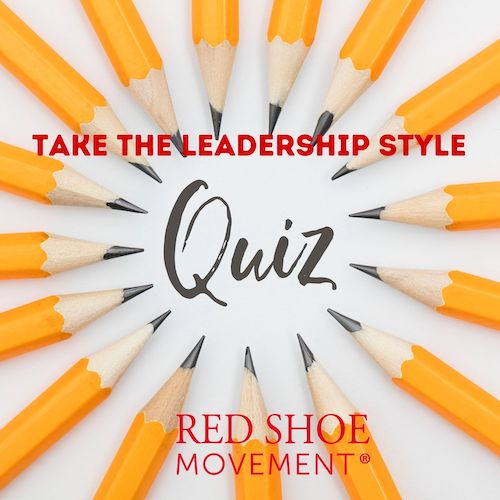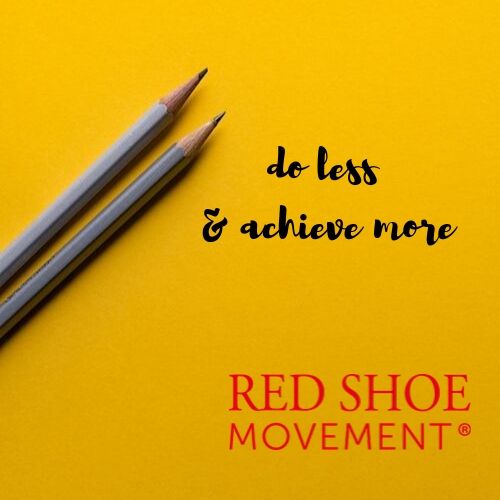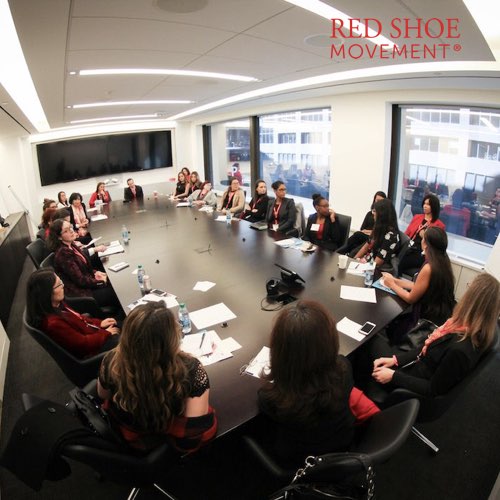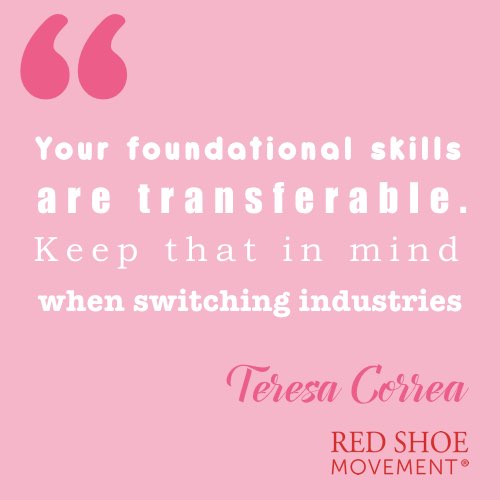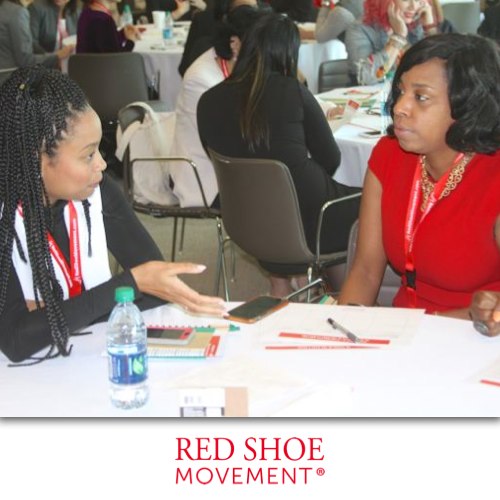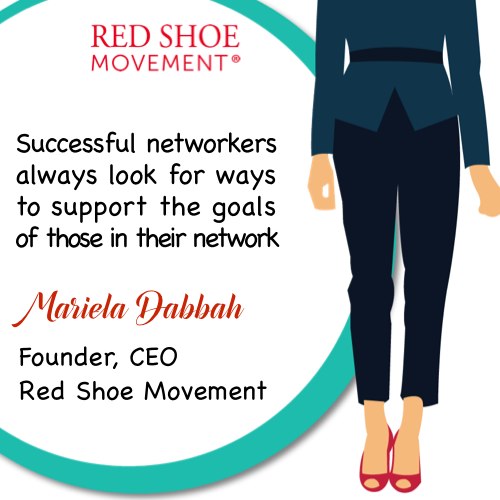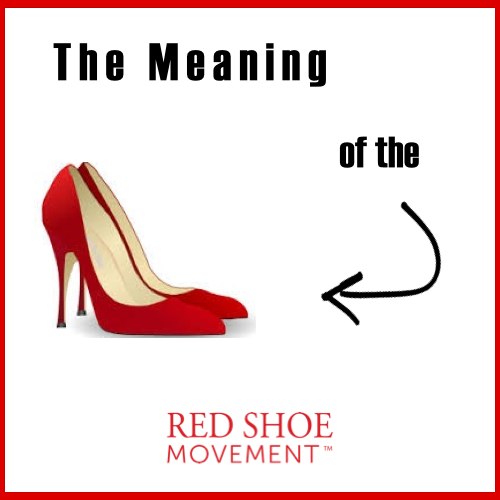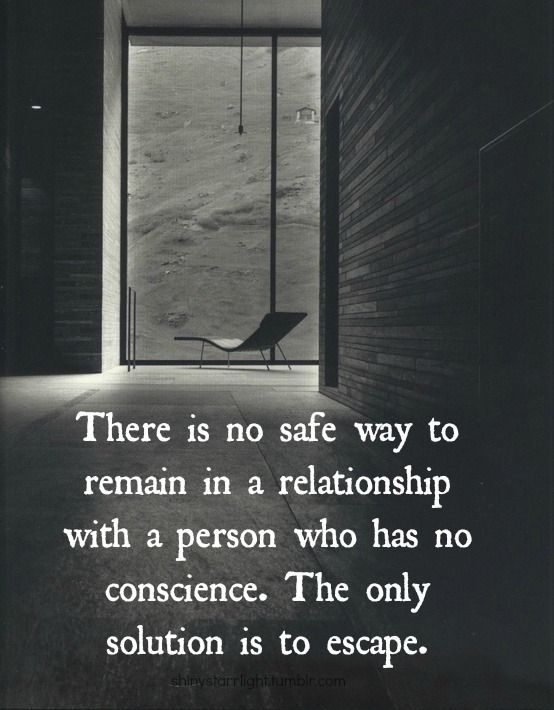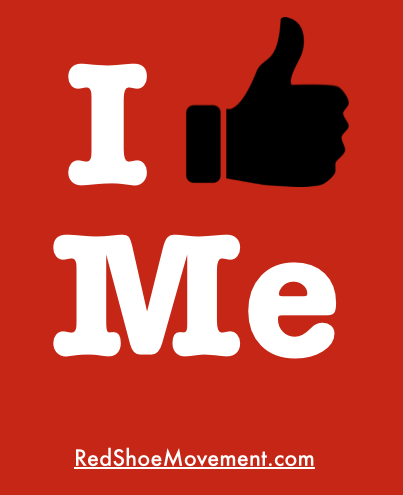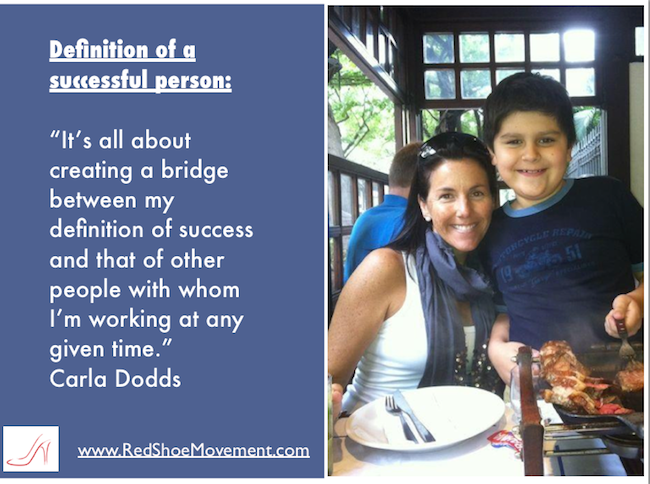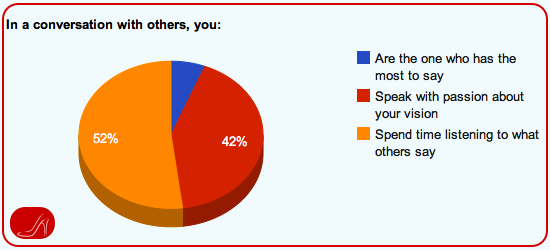To be successful you must be assertive and confident. Women, however, tend to shy away from being more assertive for fear of being labeled as aggressive.

This is similar to the behavior women exhibit when negotiating for themselves. A topic I discussed in the post: 3 Key Negotiating Strategies for Women.
As a result of avoiding being more assertive, women pay a harsh price— they receive negative evaluations, negative attributions and they miss major career opportunities. Watch this video clip “A Man’s a Boss, a Women’s Bossy” for a series of examples of how similar behaviors are perceived as negative in women and celebrated in men.
To avoid being penalized for behaving in ways that are contrary to feminine stereotypes, women hedge their assertiveness and use fewer competitive tactics. Inevitably, these adjustments have a backlash effect that hinders women’s effectiveness in their careers.
What is Assertiveness?
Assertiveness is a communication style in which people put forward their own needs, ideas, and feelings, while respecting the right of others to do the same. Different levels of assertiveness can be applied depending on the situation.
The challenge is that being more assertive goes against the training most women have received from birth – to defer to men and to stay in the background. This passive stand renders women ineffective and denies them of the opportunity to reach their unlimited potential. And even though as women grow these passive behaviors may change, in a professional setting women still tend to defer to men.

This accommodating behavior is very subtle and mainly communicated via non-verbal messages, which constitutes 93% of any communication (55% body language and 38% tone.) Several specific examples of body-language messages where women miss the chance to be more assertive are: Smiling too much, nodding in agreement even when they are not, little cooing, supportive noises (“mm hmmm, mm hmmm,”) and presenting a tilted head to signal listening, a pose that is recognizable in puppies.
A common example of how tone sends a message that lacks assertiveness is the odd upward lilt that transforms every statement into an insecure-sounding question.
And to briefly touch on the verbal aspect of communication (which only represents 7% of any communication,) a typical example is the use of ego-soothing expressions such as: “Just following up, or piggy backing, on what YOU said….” and so on.
All of these subtle cues, particularly those involved in non-verbal communication, sway women’s communication style to the passive side of the spectrum. As a result of being passive, women get themselves in a position of violating their own rights.
What is the Difference Between Being More Assertive and Being Aggressive?

On the other side of the spectrum lays aggressiveness, which is what happens when people (and in the case of this post, women) veer 180 degrees away from a passive style and they come across as forthright and blunt. Aggressive women try to get the upper hand in the conversation and attempt to punish others usually using a lot of “you…” messages and blame. They are often trying to cover their own feelings of inadequacy, frustration, and powerlessness. These women aim to win even if this means disregarding others’ rights, needs, or feelings. As a result of being aggressive, women get themselves in a position of violating the rights of others.
Take the RSM Communication Style Quiz and see where you are in the spectrum.
Key Distinction Between an Aggressive vs. Assertive Woman
There is a misconception that for women to effectively climb the corporate ladder they have to be like men. They need to dress, speak, gesture, use cursing words, have a masculine style of commanding others, etc. Those who give into that stereotype can be easily spotted when they overdo it and end up “eating their own” – being catty and stepping over other women. These individuals can be their worst enemies, sabotaging and undermining their own authority and effectiveness due to their inability of being assertive.
A good way to distinguish aggressive vs assertive women is that assertive women do not “eat their own;” they are actually very supportive of other women, as well as very supportive of men.
Check out the 7 Principles of the Red Shoe Movement
Assertive women don’t blame others, they own their viewpoints by using “I” statements (“I like,” “I want,” “I don’t want,”) they use cooperative phrases (“What are your thoughts on this?”) they make distinctions between facts and opinions (“My experience is different,” “In my opinion…”) rather than using “should” they make suggestions (“How about”, “Would you like to…”), and they seek others’ ideas (“How does this fit with your ideas?”) Assertive women have found the sweet spot in the communication spectrum.
The Sweet Spot: Being More Assertive and Improving Your Effectiveness
Assertive women are keenly aware of the gender-based effect whereas women are often misunderstood and penalized for behaviors accepted in men. They understand the importance of reading their audience, environment, and circumstances. They are like chameleons able to assess the social situation and adapt accordingly, oscillating within the communication spectrum to be more or less assertive. Notice that I didn’t say, “becoming more or less passive, or even more or less aggressive.” Those are never good options. Effectiveness resides on balancing the degree of assertiveness based on the circumstances.

Strategies to Find the Sweet Spot
Being assertive is not necessarily easy, but it is a skill that can be learned.
Don’t miss this Harvard Business Review article, How to Be Assertive (without loosing yourself).
Developing your assertiveness style starts with a good understanding of who you are and a belief in the value you bring.
1First, “know thyself”
Awareness is 50% of the change. Clarity of your strengths and opportunities always raise your confidence level, giving you a specific direction on what to work on. Here is an assertiveness assessment you can try.
2Learn assertive communication skills
Communicating assertively will give you confidence, strengthen your relationships, and help you be more effective. When done well, you gain the support and respect of others. Don’t be afraid to say ‘no’ or ‘yes’, just do both taking others into account.
- Reflect confidence: stand up straight, look people in the eye, and relax
- Use a firm, but pleasant, tone
- Check and validate your assumptions; avoid jumping to conclusions
- Seek to understand other people’s point of views
- Think in win-win terms and seek win-win situations
3Debunk myths about assertiveness
The Centre for Clinical Intervention trains on three myths that can be used as a tool to help you know the differences between assertiveness and aggressiveness.
| Myths about Assertiveness | ||
| Myth | Reasoning | Fact |
| “Assertiveness is basically the same as being aggressive.” | Some people who are aggressive think they are being assertive because they are stating what their needs are. | Yes, both assertive and aggressive communication involves stating your needs. There are very important differences, however, in the words, the tone and in the body language used. |
| “If I am assertive I will get what I want.” | Being assertive does not mean that you always get what you want. | There is no guaranteed outcome. Being assertive is about expressing yourself in a way that shows respect for your needs and the needs of others. Sometimes this means you get what you want, sometimes you won’t get what you want, and sometimes you will come to a mutually satisfactory compromise. |
| “If I am assertive I have to be equally assertive in every situation” | Understanding how to be assertive, gives you the choice to critically judge the circumstances and appropriately balance your degree of assertiveness. | Sometimes, you may realize that you need to adjust the degree of assertiveness in order to be effective. Learning to be assertive is about providing yourself with a choice! |
Everyone has the ability to learn how to be assertive, or effective when being more assertive than they currently are. The key is to self-monitor and adjust according to the situation, remaining fair and empathetic. Your power comes from your self-assurance and not from intimidation or bullying. When you treat others with such fairness and respect, you get that same treatment in return, you are appreciated, and sought out as a thought leader.
















































































